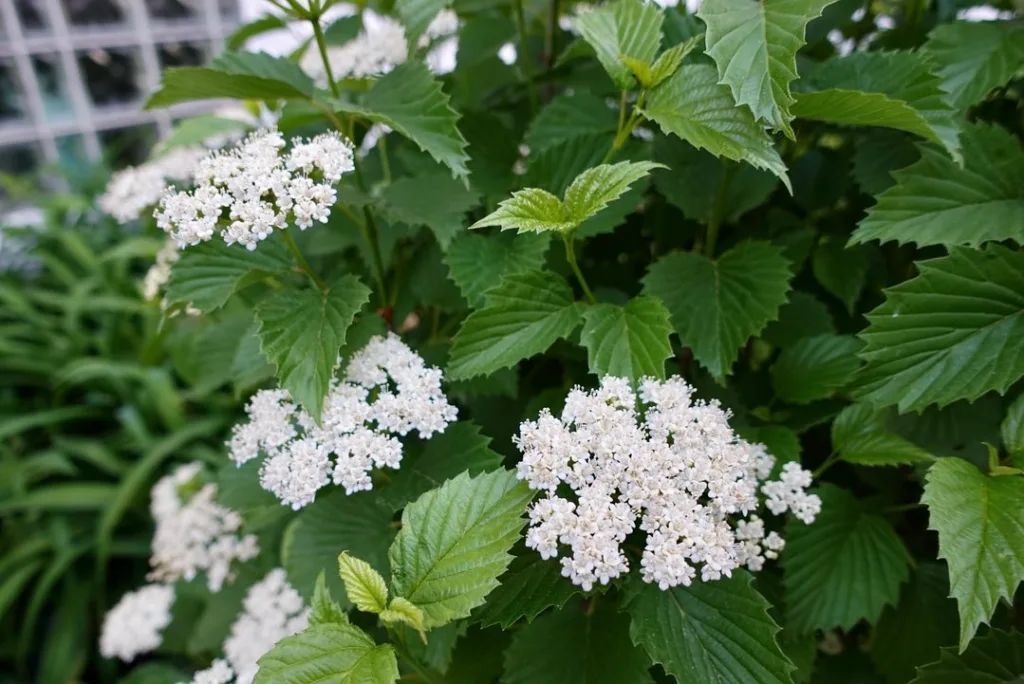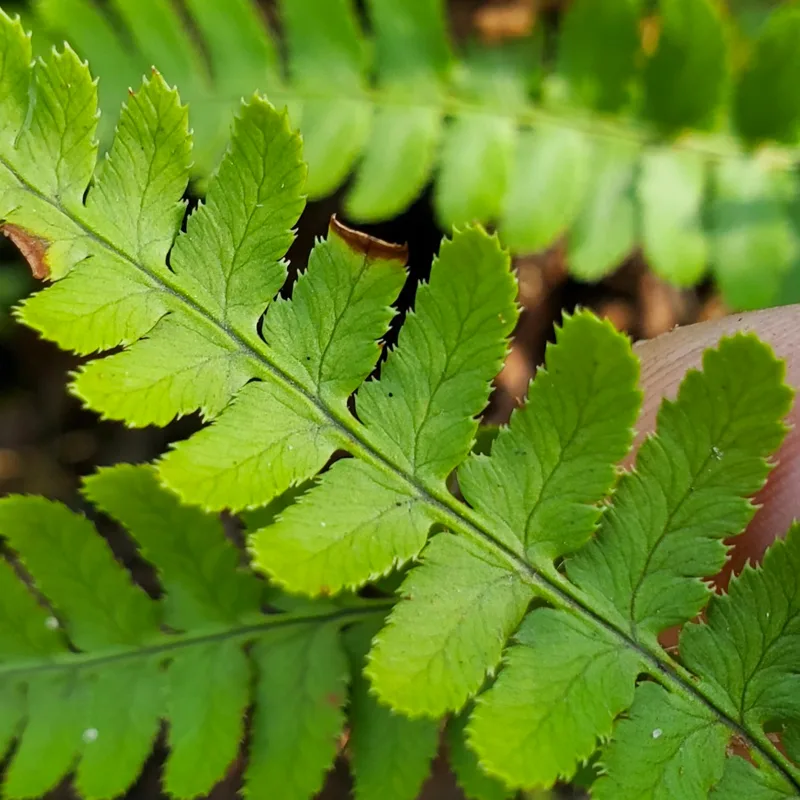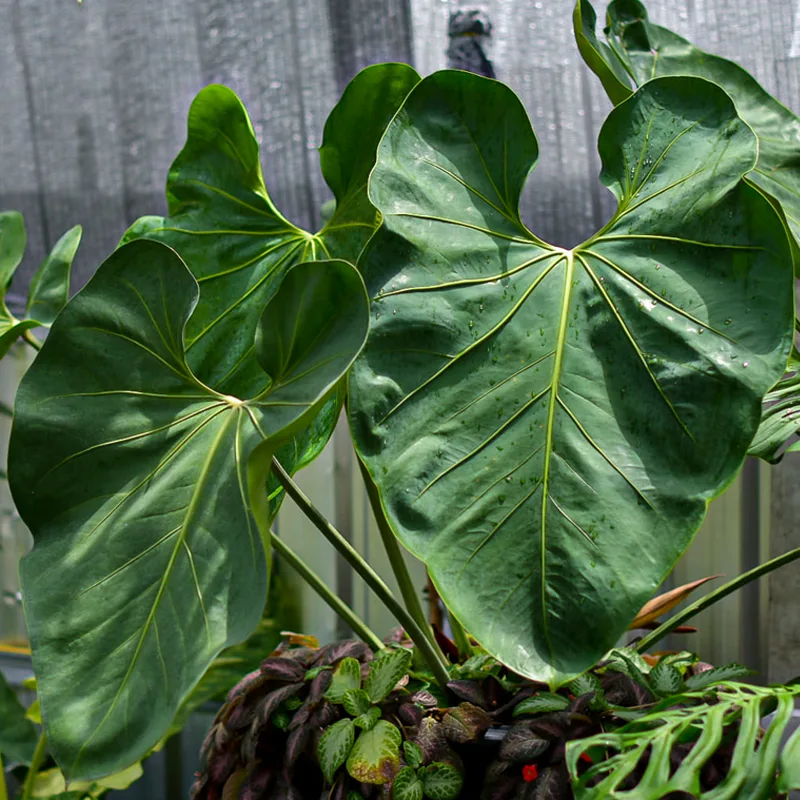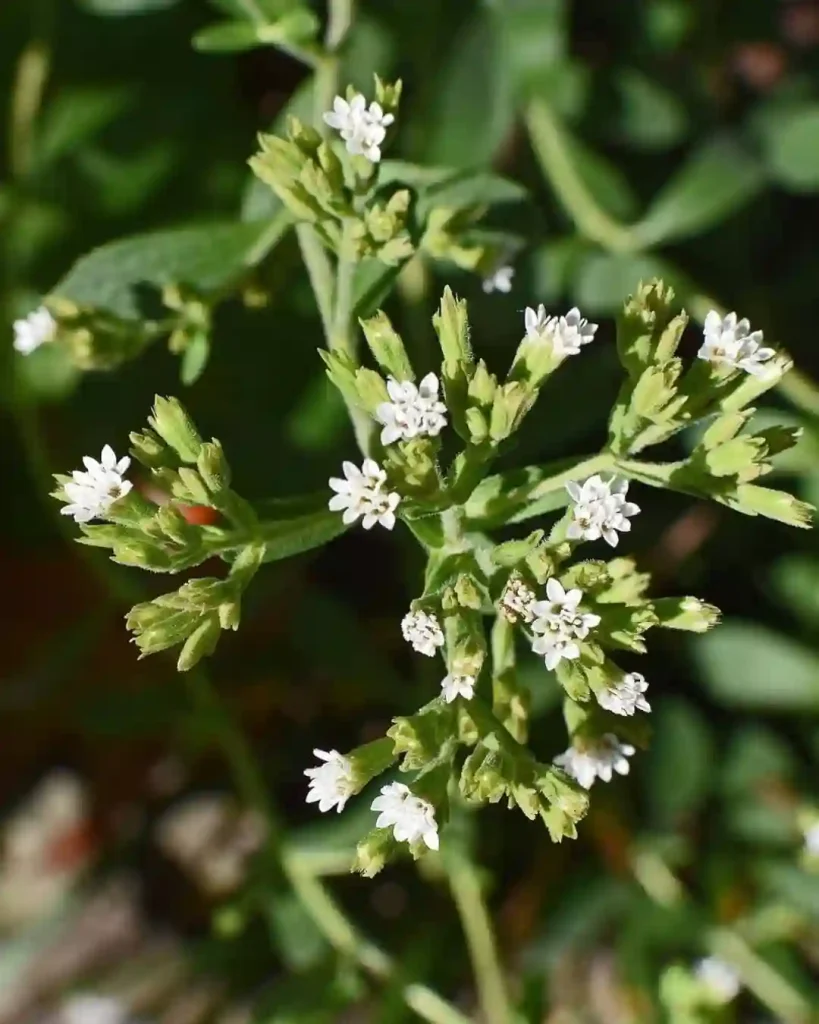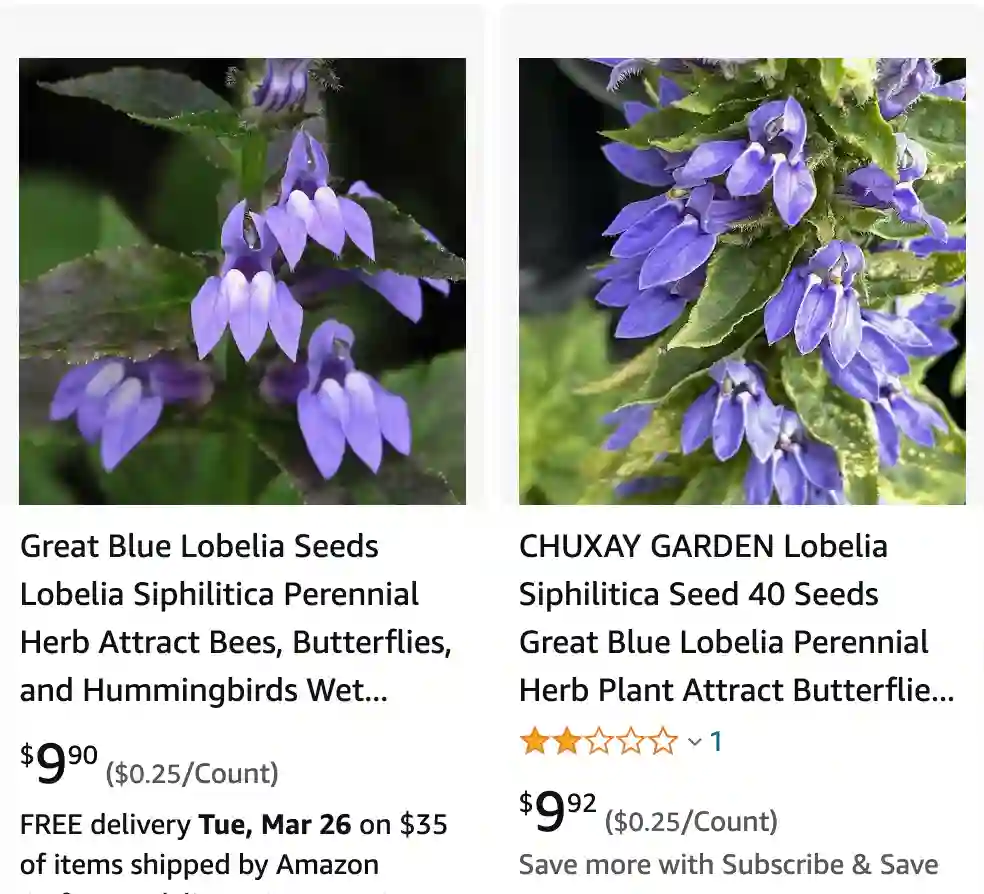
How to grow Great Blue Lobelia?
The Great Blue Lobelia (Lobelia siphilitica) is a stunning flowering perennial native to North America. It’s known for its vibrant blue flowers that bloom throughout summer and attract hummingbirds and butterflies to your garden. Here’s a guide on how to grow this beautiful plant:
443 Species in Genus Lobelia
Planting from Seeds:
- Great Blue Lobelia seeds prefer light for germination. You can sow them directly outdoors in late fall or winter after the first frost. Alternatively, you can start seeds indoors 8 weeks before the last frost for transplanting later.
Seeding Outdoors:
- Scatter seeds on the surface of a prepared seed bed in your garden.
- Lightly press the seeds into the soil but don’t cover them deeply.
- The seeds will naturally overwinter and germinate in spring with freezing and thawing cycles.
Seeding Indoors:
- Use a well-draining seed starting mix and moisten it thoroughly.
- Scatter seeds on the surface and lightly press them in.
- Cover the trays with plastic wrap to create a mini greenhouse environment and maintain moisture.
- Place the trays in a warm location (around 70°F) with indirect light.
- Keep the soil moist but not soggy. Remove the plastic wrap once seedlings emerge, usually within 14-30 days.
- Harden off seedlings gradually before transplanting them outdoors after all danger of frost has passed.
Planting and Transplanting:
- Great Blue Lobelia prefers a location with full sun to partial shade.
- They thrive in moist, well-drained soil rich in organic matter. Amend your planting area with compost or manure if needed.
- Space the plants 8-12 inches apart when transplanting seedlings or after thinning outdoor-sown seeds.
Watering and Care:
- Water regularly, especially during dry periods, to keep the soil consistently moist but not soggy.
- Great Blue Lobelia is a heavy feeder. Consider applying a balanced fertilizer once a month during the growing season to encourage continuous blooming.
- Deadhead spent flowers to promote new blooms throughout summer.
Additional Tips:
- Great Blue Lobelia is generally low-maintenance and pest-resistant.
- You can propagate Great Blue Lobelia through stem cuttings in early summer.
- This plant may self-sow readily in your garden, creating a beautiful colony over time.
When does Great Blue Lobelia bloom?
Great Blue Lobelia blooms are absolutely stunning, and they usually start appearing in mid to late summer. The vibrant blue flowers contrast beautifully with the surrounding greenery, adding a pop of color to my garden. I’ve noticed that the blooming period can last for several weeks, attracting pollinators like bees and butterflies, which is always a delight to see.
Does Great Blue Lobelia spread?
As for spreading, I’ve found that Great Blue Lobelia does tend to spread, but not aggressively. It forms clumps over time, gradually expanding its presence in the garden. I personally don’t mind this characteristic, as it helps fill in empty spaces and adds visual interest to the landscape. However, if space is a concern, it’s easy enough to divide the plants to control their spread.
Do Great Blue Lobelia seeds need to be stratified?
When it comes to stratification, I’ve experimented with both stratified and unstratified seeds, and I’ve found that stratification definitely improves germination rates. I usually stratify the seeds by placing them in a moist paper towel inside a plastic bag and storing them in the refrigerator for 4-6 weeks before sowing. This mimics the natural winter conditions that Great Blue Lobelia seeds require to break dormancy.
How to direct sow Great Blue Lobelia seeds in Zone 7?
Direct sowing Great Blue Lobelia seeds in Zone 7 can be a bit tricky due to the warmer climate, but it’s definitely possible with the right timing. I’ve had the best results by sowing the seeds in early spring or late fall when the temperatures are cooler. I make sure to prepare the soil well beforehand, loosening it and removing any debris to create a suitable environment for germination.
Is Great Blue Lobelia invasive?
While Great Blue Lobelia isn’t considered invasive in my experience, it’s important to keep an eye on its growth to prevent it from spreading too aggressively. Regular maintenance, such as dividing the plants and removing any unwanted seedlings, helps keep it in check and ensures that it coexists harmoniously with other plants in the garden.
When to plant Great Blue Lobelia?
Planting Great Blue Lobelia at the right time is crucial for its success in the garden. I typically plant them in early spring or early fall to give them plenty of time to establish themselves before the heat of summer or the cold of winter sets in. This timing seems to work well for encouraging robust growth and abundant flowering throughout the growing season.
Will Great Blue Lobelia flower in shade?
Great Blue Lobelia is known for its preference for partial shade, but it can still bloom in shady conditions. In my experience, I’ve seen it flower quite nicely even in areas with dappled or filtered sunlight. However, for the best flowering display, I prefer to plant it in locations where it receives morning sun and afternoon shade. This seems to strike the perfect balance for promoting both lush foliage and vibrant blooms.
If i die, water my plants!
